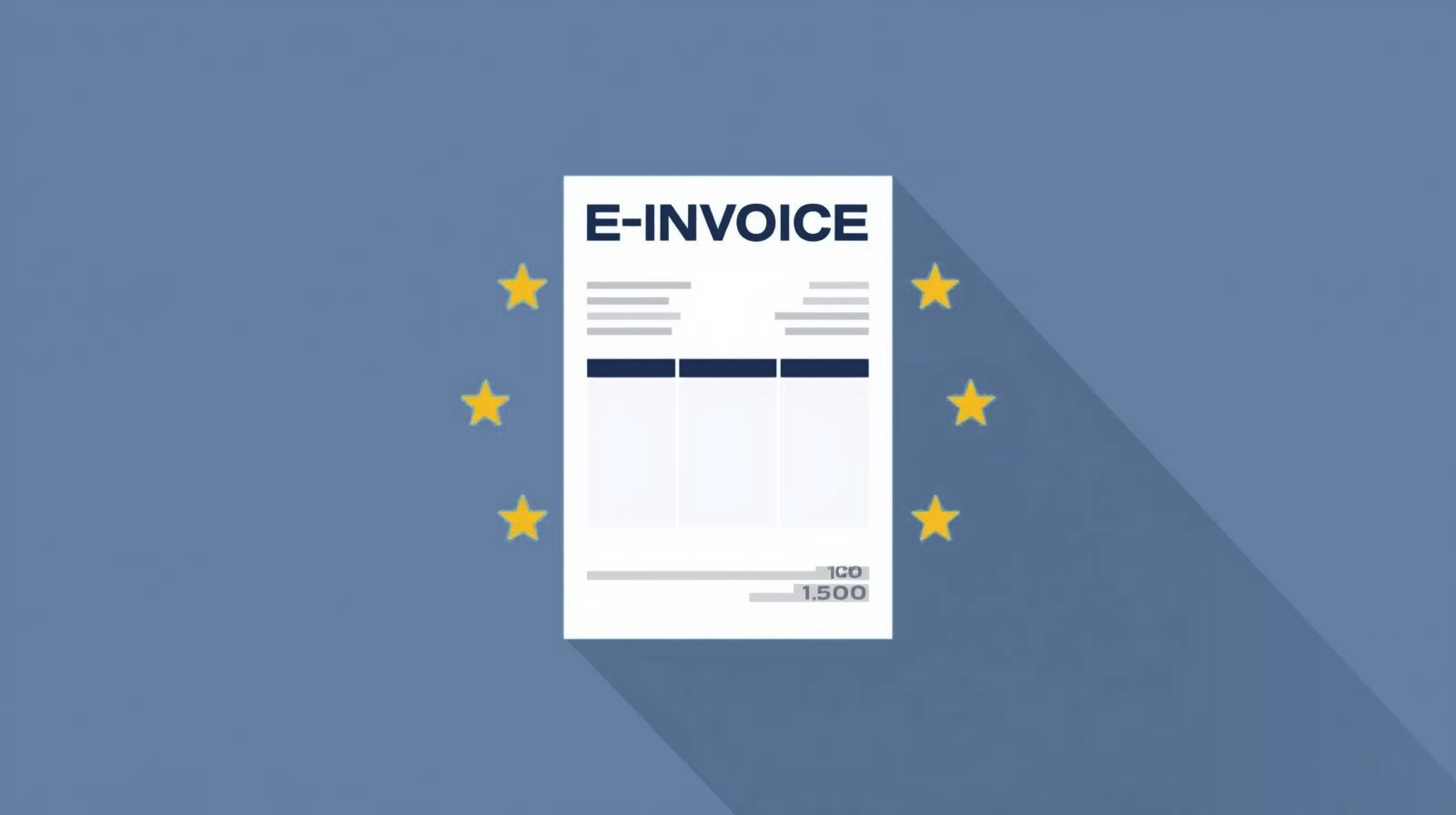Doubtful receivables are outstanding receivables from debtors for which there is uncertainty as to whether and to what extent they can actually be collected. In contrast to clearly irrecoverable requirements Although there is a default risk here, payment default is not yet certain.
Management and definition in SAP Business One:
Doubtful debts are defined in SAP Business One in the menu under:

Administration → Definition → Finance → Doubtful receivables
Here you can specify from which point in time (number of days since the due date) and at what percentage receivables are automatically categorised as doubtful.
Example: Setting "0 days and 2%" means that 2% of all outstanding receivables are considered to be doubtful on the reporting date.
It is important that these definitions are in line with the applicable statutory provisions on the accounting and evaluation must be carried out.
Value adjustment and posting:
The actual posting of the value adjustment is not carried out automatically by the system, but must be carried out manually via a journal adjustment posting. This usually results in a reduction in receivables recognised in profit or loss, which is reflected accordingly in the income statement.
Identification and reporting:
Doubtful debts are relevant for internal and external reporting. They are recognised in the Account reconciliation and in periodic reports and must be reviewed regularly in order to present the company's default risk transparently and realistically.
Versino Financial Suite
the Versino Financial Suite for SAP Business One brings clear advantages when dealing with doubtful receivables: It improves transparency regarding payment behaviour, identifies risks at an early stage and facilitates the planning and posting of value adjustments. The Versino Financial Suite supports internal control and external reporting through extended reports, which means that the risk of bad debt losses can be better managed and financial processes can be organised more efficiently.

Verifactu in Spain: the new invoicing obligation

The e-invoicing regulations in Europe

Versino Financial Suite V09.2025 for SAP Business One

Accounting outsourcing: Why it pays off for SMEs

CANDIS for SAP Business One
